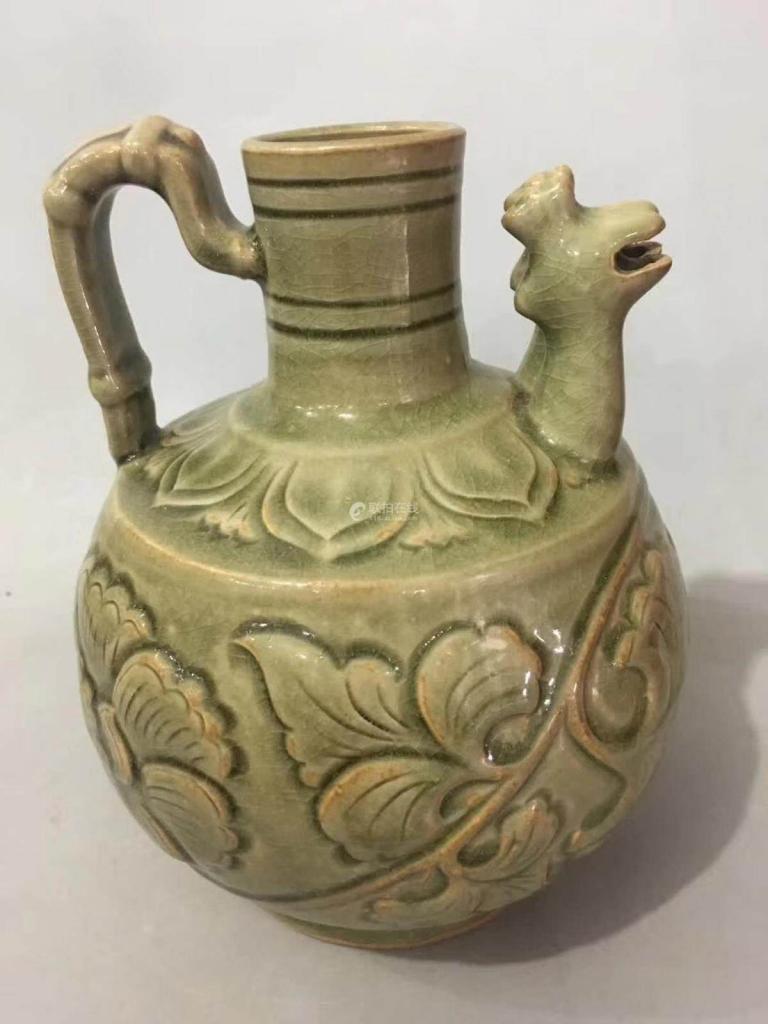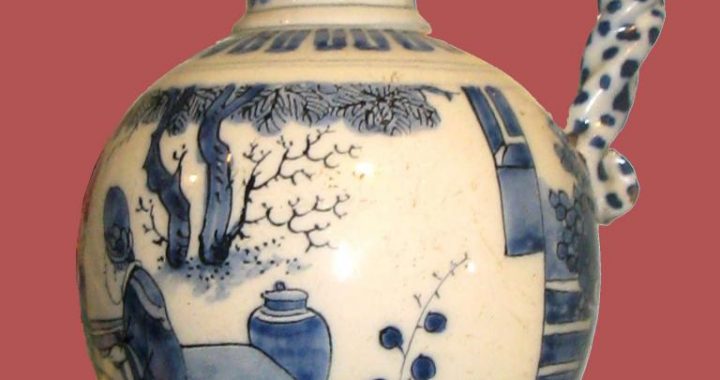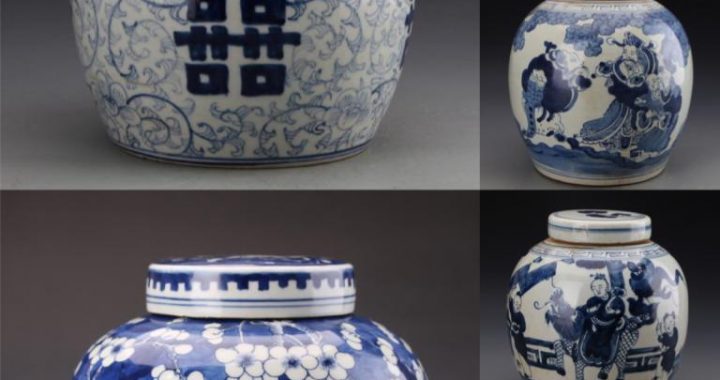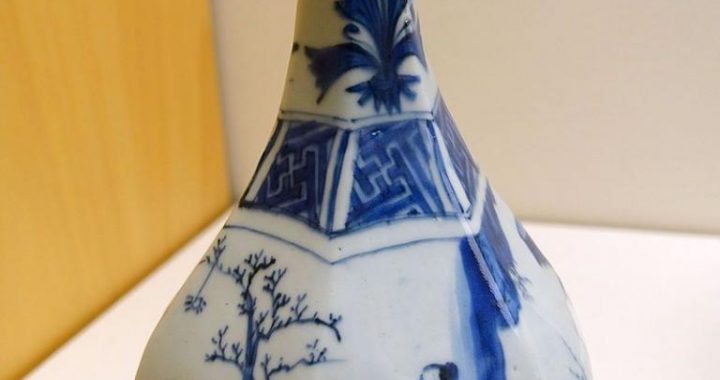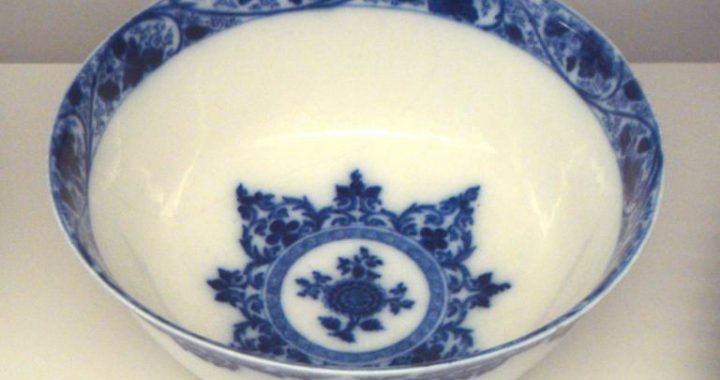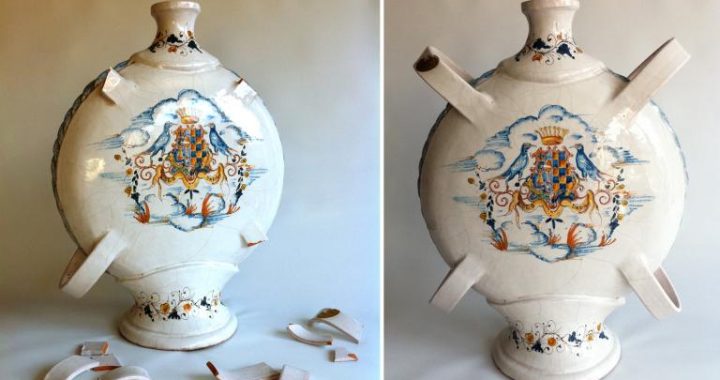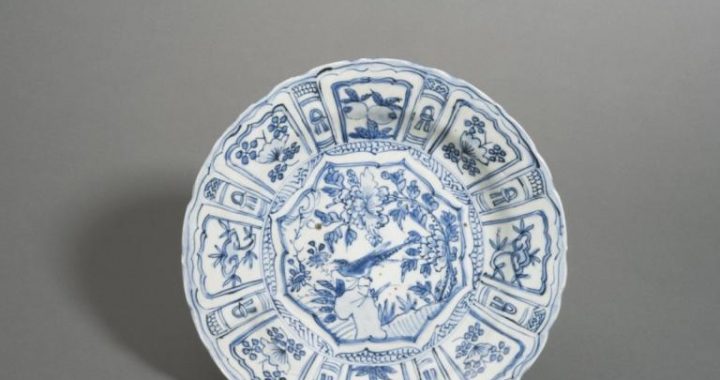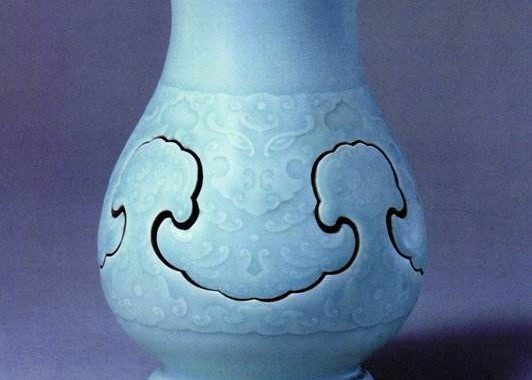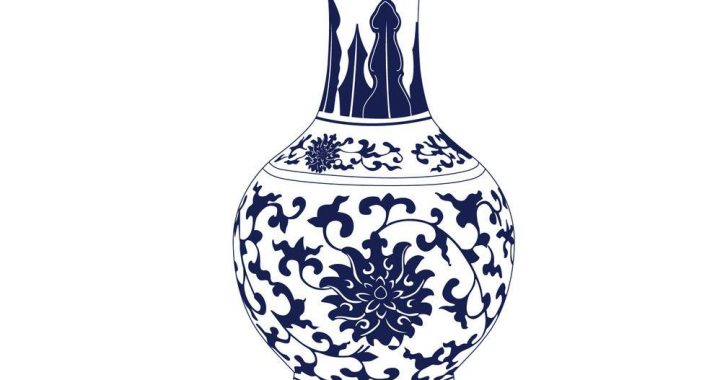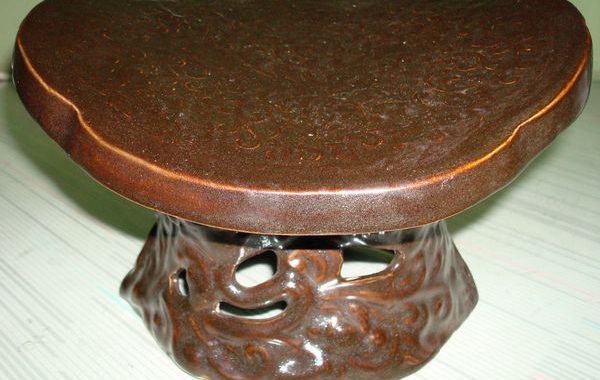Celadon Produced by Yue Kiln
2 min readDuring this period, porcelain industry in the south, which experienced a slow pace in the previous era, accelerated in development, and the Yue kiln became the largest kiln type in southern China. It was so named because most of its kiln sites were located in Yuezhou prefecture, and celadon production first started here in the Eastern Han dynasty. It expanded in scale in the Tang dynasty along with the economic prosperity, and represented the highest achievement of southern celadon production then.
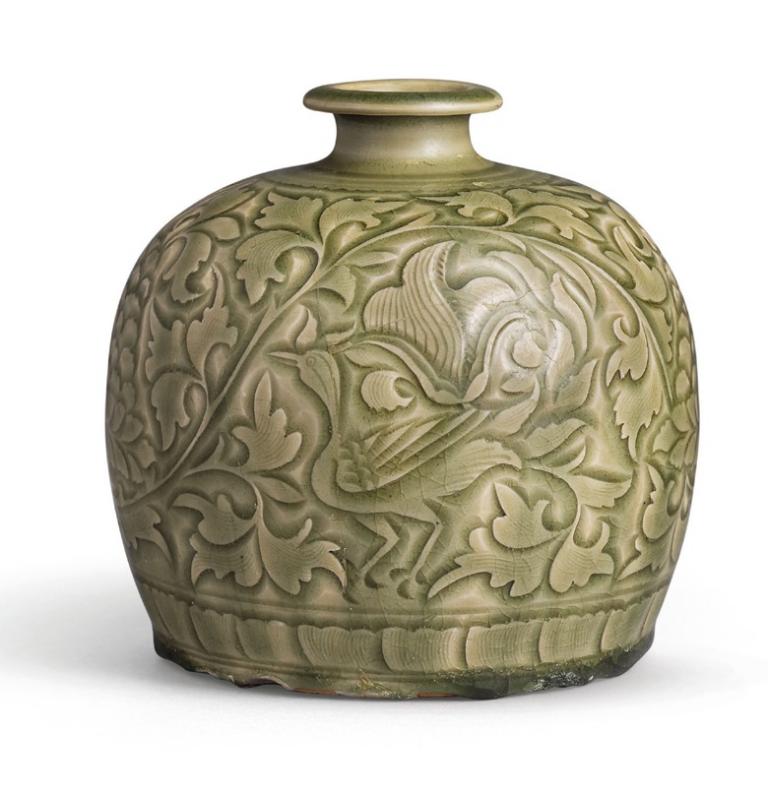
Yue wares produced in the early Tang were featured by grey and loose paste and yellowish glaze. With constant developments of porcelain making craftsmanship, by lateTang dynasty, their bodies became much thinner and more delicate with bright and smooth glaze, mainly in dark green, and appeared plain and elegant. Yue wares produced duringthe Five Dynasties boasted more diversified expressions,and were designated as royal utensils and tributes for the rulers of the Wuyue kingdom. Since the Song dynasty, however, with the rise of other kiln types, the glory of Yue kiln during the Tang and Five Dynasties came to an end, and gradually went into recession.
Because of their green colour and limpidness, Yue kiln products were highly favoured in the Tang dynasty, especially among scholar-officials. As praised in a famous poem,”When the wind and dew of autumn arrive, Yue kiln opens and overwhelms the emerald of thousand mountains”. Moreover, as people of the Tang dynasty likedto drink tea, the natural green glaze of Yue wares would make tea more appealing, and Yue celadon wares became the best equipments for tea drinking. Lu Yu, remembered U as the Sage of Tea, praised Yue wares as emitting”the sparkling colour of ice and jadeite”in his Classic of Tea, and he ranked it as the best drinking vessel for tea.
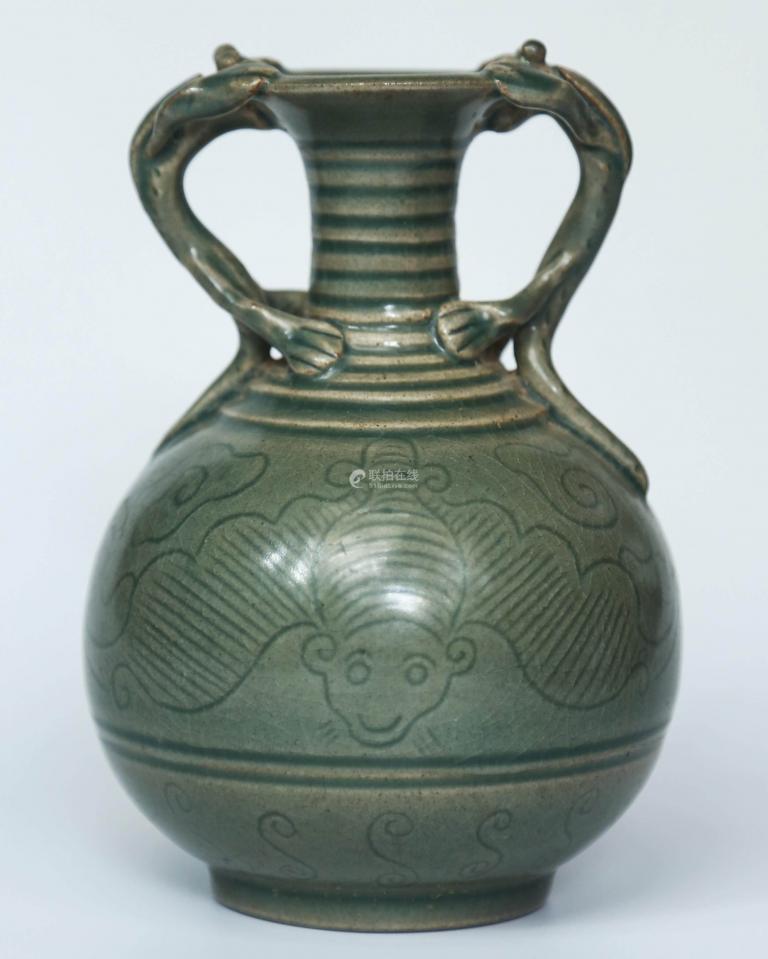
There’s also one special type of Yue celadon wares that one must know -mi se porcelain (literally”secret-coloured porcelain'”). It had obsessed people since the Song dynasty, because they were only able to read records of it from literature, but never got a chance to see a genuine mi se ware. It was not until the excavation of the underground chamber of Dharma Door Monastery in Shaanxi, where a few mi se wares were found, that the puzzlement finally got solved.
